Active Classrooms: How can standing desks improve SEN learning outcomes?
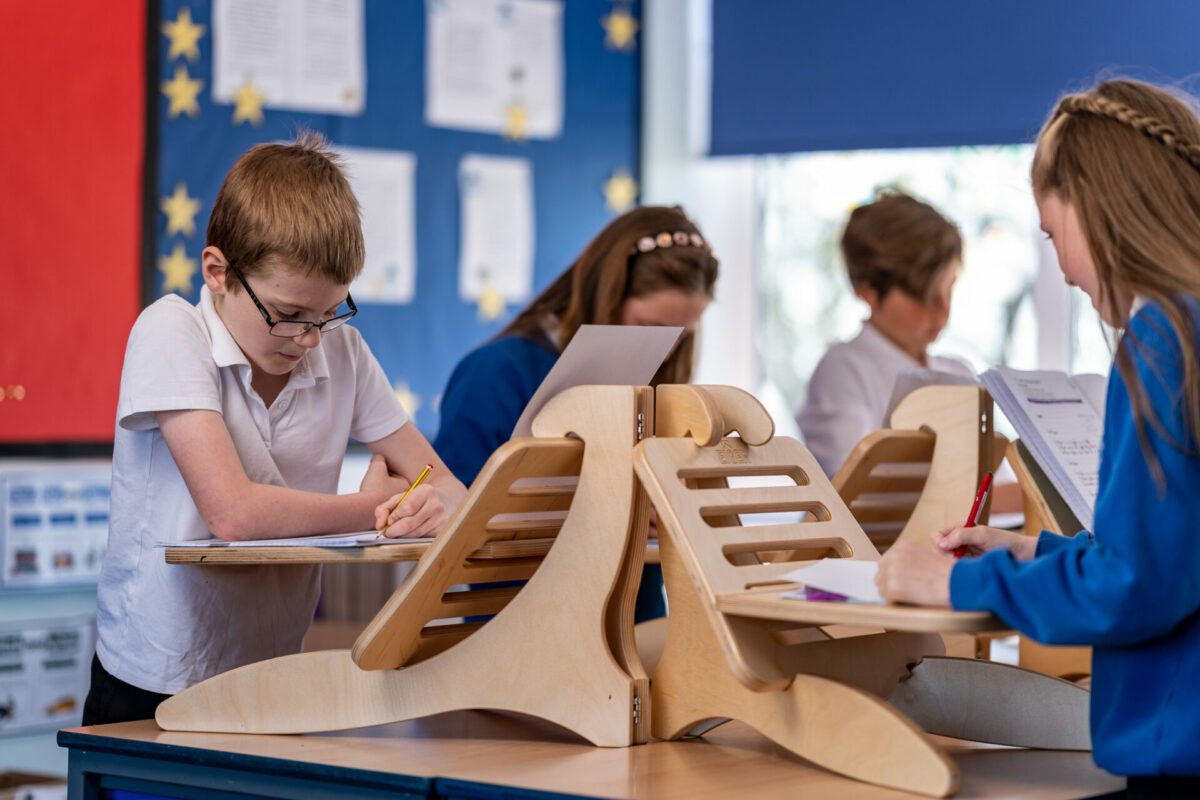
While higher education is a place often associated with innovation, one area where schools are leading the way is in the design and implementation of active classrooms.
For many young people – but especially those with additional needs such as ADHD and other neurodiverse conditions – the ability to physically move is something they need when learning.
That’s because such conditions are typically associated with ‘hyperactivity’, which is thought to be linked to a deregulation of dopamine in the brain. Physical movement can help the body manage this deregulation and so the more individuals are encouraged to get up and out of their chairs, the better their ability to learn will be.
The seemingly simple act of sitting still can actually take an awful lot of effort and energy to achieve, which in turn can impact on focus, concentration and learning outcomes.
While neurodiverse pupils may work out coping mechanisms, or even masking techniques, for their individual challenges over time, a primary school pupil is likely to go on to have the same struggles whether they are attending secondary school, college or university. The benefit of movement being the same at every stage of their education journey.
Despite this, looking at innovative ways to support SEN pupils through the use of more active classrooms and learning techniques is something that is rarely seen beyond primary education.
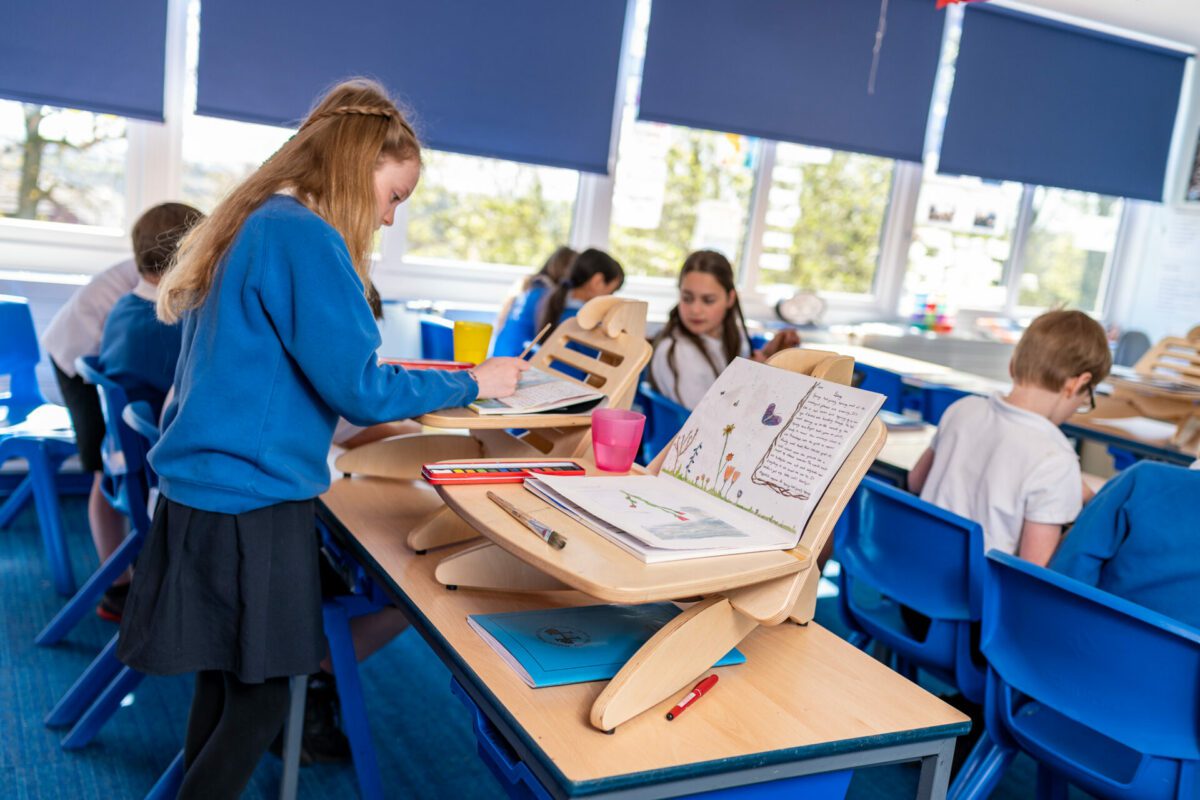
Standing desks
One solution schools are using is standing desks. More than 500 primary schools across the UK are currently using standing desks and view them as an integral part of their active learning strategies.
With a standing desk, rather than needing to remain seated for traditionally sedentary activities, such as handwriting and maths, pupils are able to move whilst they learn. This allows for ‘micro movements’ to made.
UK company, I Want A Standing Desk, was the first in the country to design such desks specifically for the use of children. Manufactured in the UK and made from robust, sustainable birch plywood, the company’s EIGER Student Standing Desks can be placed on top of existing tables and only take up the space of a single child. When not in use, they can quickly be folded away or returned to the eco-bag provided and hung up on a peg – something the students are encouraged to do themselves.
A primary school class may typically introduce between 4-8 standing desks that are used by pupils on rotation throughout the day. In some schools, the adult versions of the desks are also being used by teachers and office-based staff.
They are not only beneficial and favoured by pupils with additional needs but are liked by all students, who thrive on being given the option to work in a way that best suits them, at any given moment.
In addition, encouraging students to stand up rather than sit for long periods of time brings benefits for general health and wellbeing, and helps combat the increasingly sedentary school day.
Mayflower Primary School in Tower Hamlets is one school that is using the desks.
Heba Al-Jayoosi, Assistant Head (Inclusion), explains:
“We’re always keen to try anything that might support us in meeting the sensory needs of different learners in our school. We already knew that some children preferred to stand, while others were constant movers, so when an occupational therapist recommended we look into standing desks, we decided to arrange a free trial. It proved so successful that we’ve since introduced standing desks in every classroom.”
Following a successful trial, Croydon LA’s ‘Locality SEND Support programme’ will now be offering standing desks to all mainstream schools in Croydon over the next 18 months.
Keran Currie, Area SENCO Leader of the programme, commented:
“We strongly believe that the earlier we can help a student, the better the outcome, and there is ‘no one-size-fits-all’ – it’s about making sure we provide the best education, while meeting individual needs within that.”
Whilst standing desks are currently most commonly found in primary schools, interest is growing among secondary schools, colleges and universities.



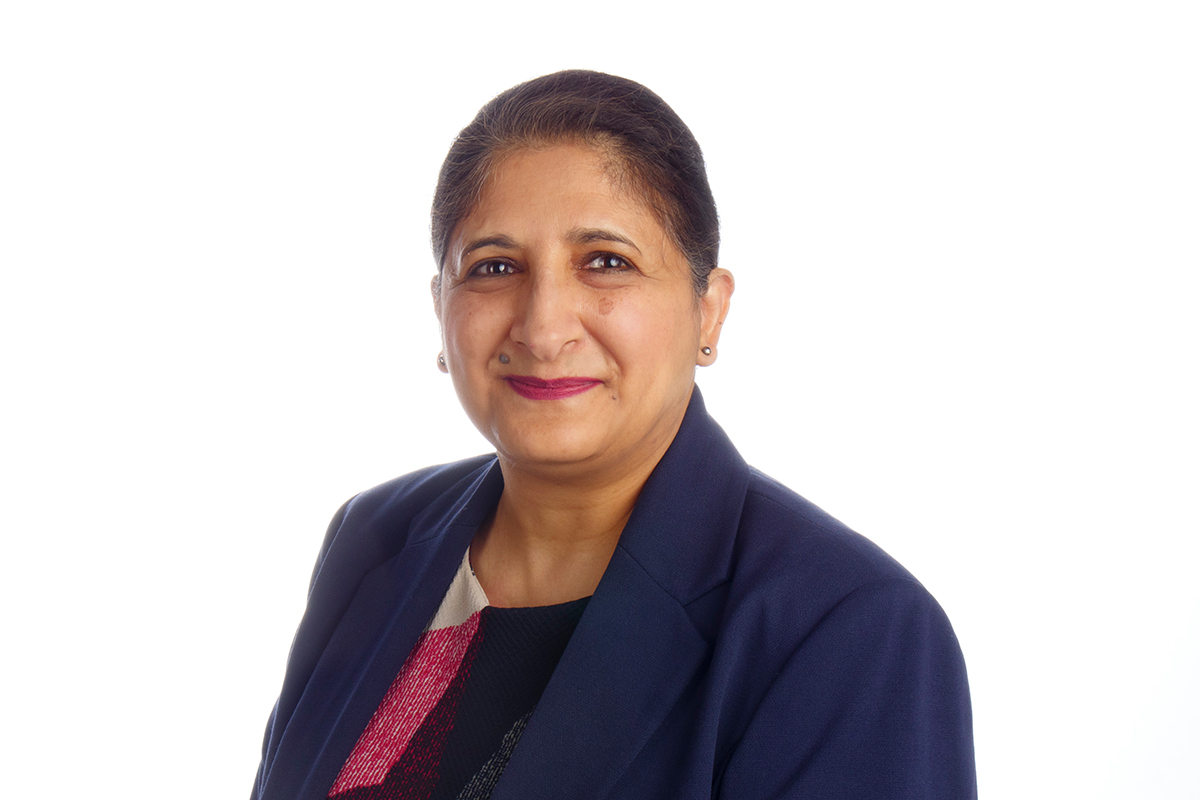
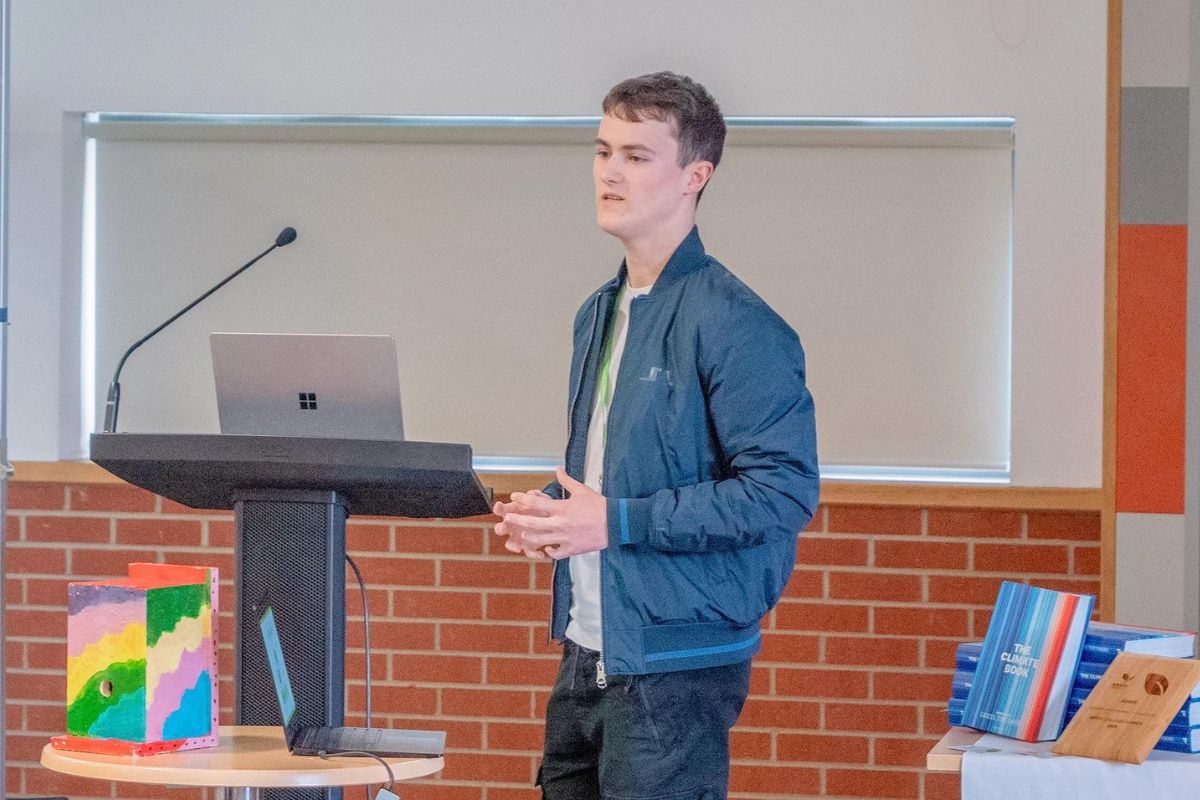






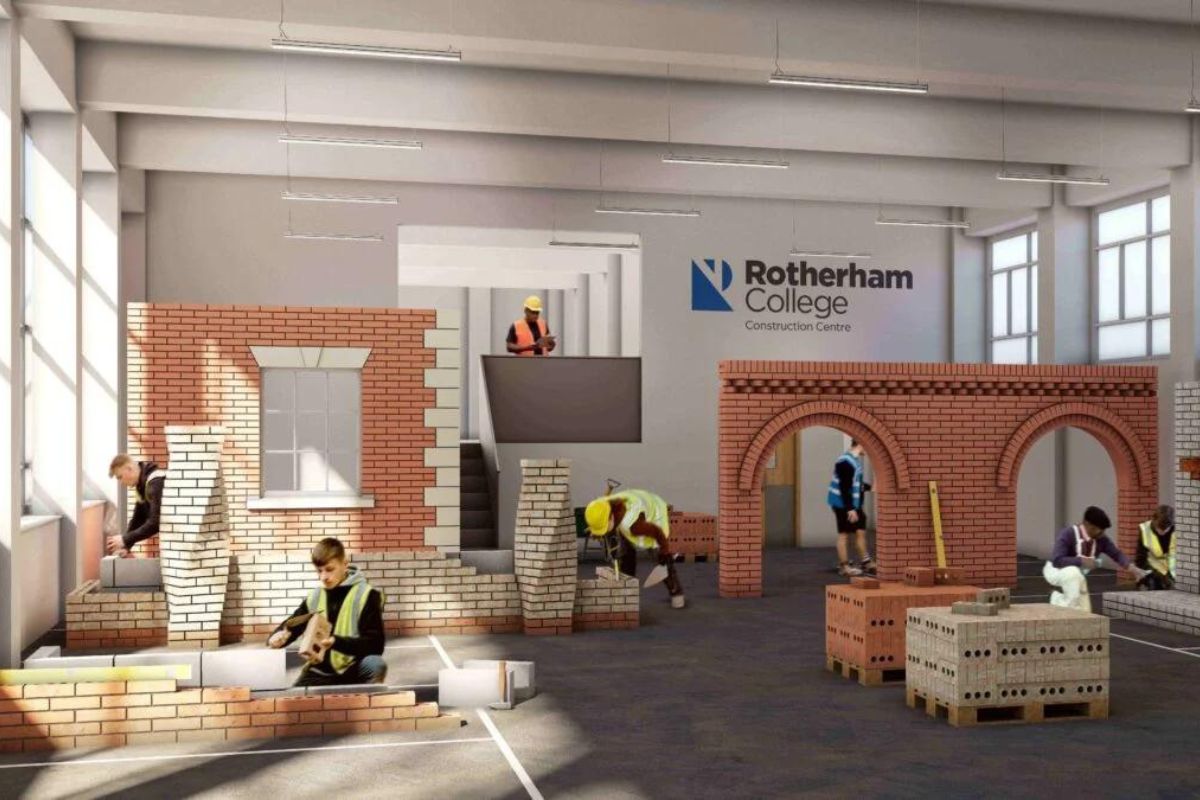
Responses